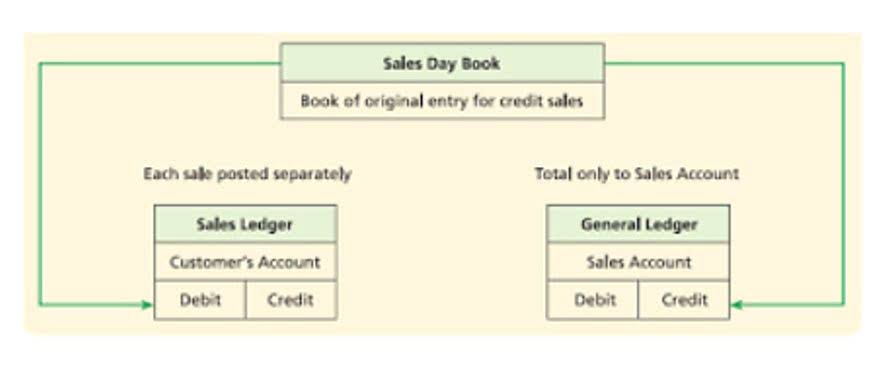
However, if your taxable income exceeds this threshold, you’ll need to refer to the detailed California income tax brackets for 2025. California has some of the highest income taxes in the country, with rates ranging from 1 percent to 12.3 percent for income earned in 2024, reported on tax returns due in 2025. California has nine income tax rates, ranging from 1% to 12.3%. Learn more about how to calculate your bill, plus when taxes are due. Taking the standard deduction can simplify filing your California state income taxes. This is beneficial if you are unable to itemize deductions.
What are California state income tax rates?

The California Earned Income Tax Credit (CalEITC) is one of the most significant credits available for low-to-moderate-income earners. Modeled after the federal Earned Income Tax Credit, the CalEITC provides a refundable tax credit to those with earned income and an adjusted gross income (AGI) of up to $30,950 for 2023. The amount of the credit can be as high as $3,529, depending on your income and the number of qualifying children. Even if you owe no taxes, you can still receive the credit as a refund, making it an essential benefit for eligible taxpayers. California’s income tax rates range from 1% to 12.3%, making it one of the highest state income tax rates in the nation. The tax brackets are structured to levy higher rates on individuals with higher incomes, while lower-income earners are subject to lower tax rates.
California state income tax brackets and rates 2024

E-filing is efficient and speeds up the refund process retained earnings if applicable. Freelancers and self-employed residents face unique tax challenges in California. Unlike traditional employees, they handle their tax withholding directly.
California Standard Deductions & Personal Exemption Amounts

You pay the tax rate for your income level, plus a marginal percentage of any amount you earned over that. Again, if all of this makes your head spin, a tax professional can make sense of this for you. If you have filed your California state income tax return and expect a refund, you can check the status of your refund in a few ways. The California Franchise Tax Board has a refund tracking service that works like the federal “Where’s My Refund?” tool. To use this tracker, enter your Social Security number, ZIP code, the exact refund amount you expect, and your mailing address.
- This design aims to distribute the tax burden more equitably among taxpayers.
- The California Franchise Tax Board runs its own refund tracking service, similar to the federal “Where’s My Refund?” tool.
- The tax brackets are structured to levy higher rates on individuals with higher incomes, while lower-income earners are subject to lower tax rates.
- Freelancers and self-employed residents face unique tax challenges in California.
- The top 14.5% income tax rate applies to all California employees with income exceeding $1 million, regardless of filing status.
Important Considerations for Taxpayers
A marginal tax rate is the amount you pay for every additional dollar of a revenue stream. This means the highest tax bracket you qualify for is only paid on part of your income. Let’s dive into the specific tax brackets and rates for different filing statuses. These rates apply to income earned in 2023 and will be reported on your 2024 tax return. The deadline to file your California state income tax return is typically April 15th, the same as the federal tax deadline. However, if you need more time, you can california income tax rate request an extension until October 15th.
- When selling your home, you may be subject to capital gains tax on any profit from the sale.
- Review the eligibility requirements for each credit to see if you qualify.
- Are you a single parent who supports a child or qualifying person?
- Start one or more free state income tax calculators and get an estimate of your state taxes.
- We’ll look into the structure of California’s tax system, the different tax brackets, and how to calculate your state income tax.
- Nonresidents in California only face taxation on California-derived income.
- Most items are subject to these rates, but there are some exceptions, as well as certain products that face higher rates.

Adjustments prevent “bracket creep,” where inflation increases your income but not your purchasing power, inadvertently increasing your tax rate. These brackets indicate the rate for each additional dollar earned within that range, not the entire income. For instance, if you fall into the 9.3% bracket, not all your income is taxed at that rate. https://www.bookstime.com/articles/predetermined-overhead-rate Only the amount exceeding the lower bracket threshold is taxed at that higher rate. The state tax rates range from as low as 1% to as high as 13.3%.
